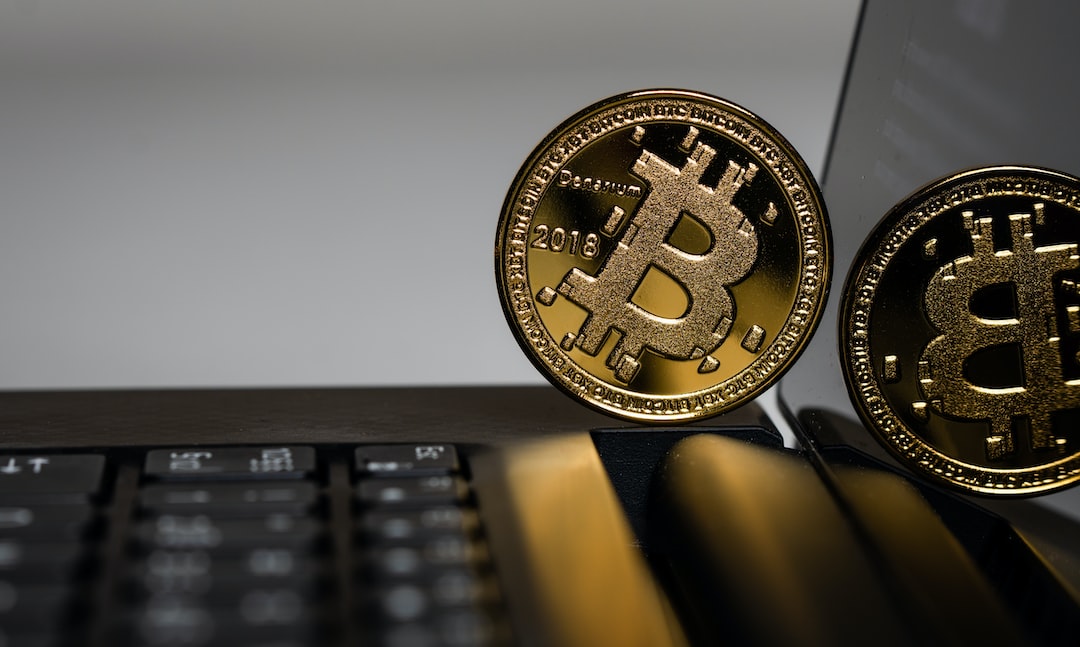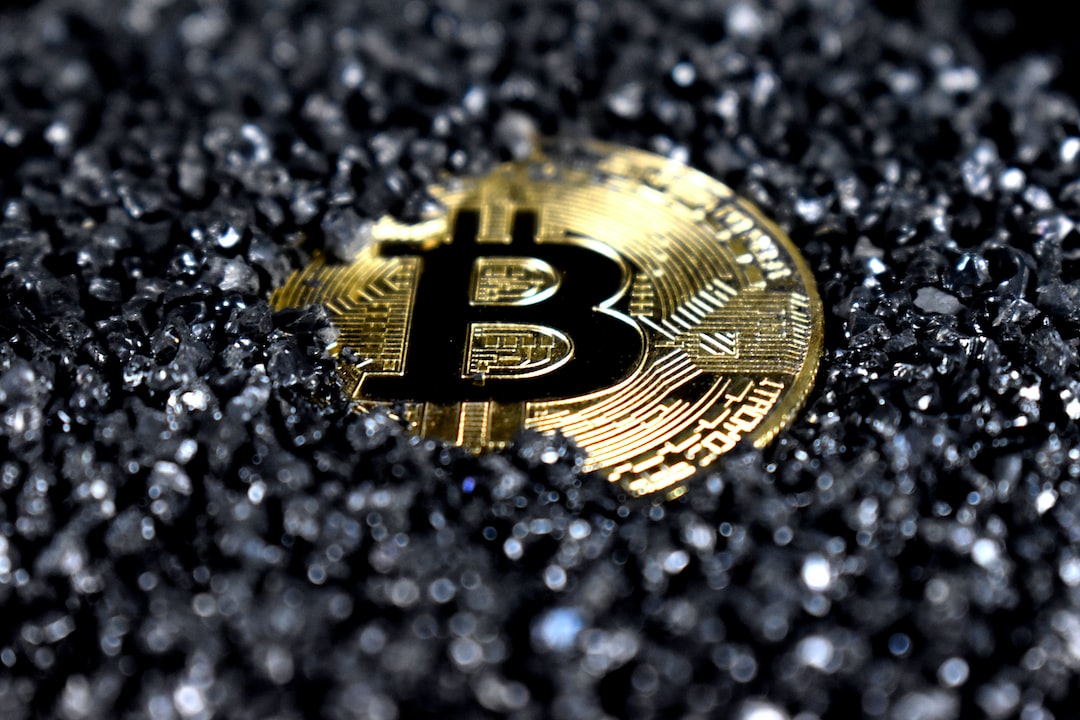Bitcoin Exchange Reserves: A Shifting Trend
In the last three years, there has been a significant shift in the trend of Bitcoin exchange reserves. Investors have been withdrawing more Bitcoin from cryptocurrency exchanges than depositing it, indicating a change in market behavior.
The Impact of BTC Deposits on Exchanges
When BTC is deposited on an exchange, it increases the potential selling pressure, posing a threat to Bitcoin’s price action. This influx of speculative supply can neutralize incoming demand, affecting the cryptocurrency’s value.
Conversely, withdrawing BTC to a self-custody wallet signals an intention to “HODL,” or hold onto the asset. This shift in behavior reflects a different mindset among investors and miners.
Historical Data and Current Status
From 2013 to 2020, Bitcoin exchange reserves consistently grew as more investors and miners deposited BTC for trading or selling. However, data from CryptoQuant Pro shows a notable shift in this trend since the end of 2020.
Currently, there are approximately 2.04 million BTC ($73.3 billion) in exchange reserves, representing over 10% of Bitcoin’s circulating supply. Despite this high speculative supply, exchange reserves have decreased by 32% since their peak in 2020.
The Relationship Between Speculative Supply and Demand
Despite historically high speculative supply levels, Bitcoin reached its all-time high price in 2021 due to increased speculative demand for the cryptocurrency. A lower amount of BTC held in exchange reserves reduces the required demand to trigger a bull market and lowers the risk exposure for custodial catastrophes.
Hot Take: The Future of Bitcoin Exchange Reserves
The shifting trend in Bitcoin exchange reserves reflects changing investor behavior and market dynamics. As speculative supply decreases and demand remains strong, the potential for future price increases becomes more favorable. This trend also highlights the importance of understanding market sentiment and its impact on cryptocurrency prices.





 By
By
 By
By
 By
By
 By
By
 By
By